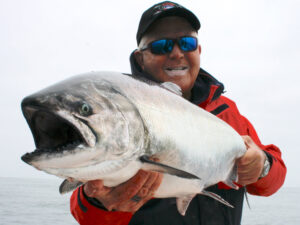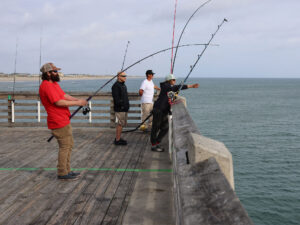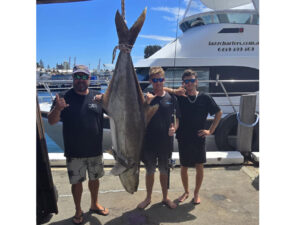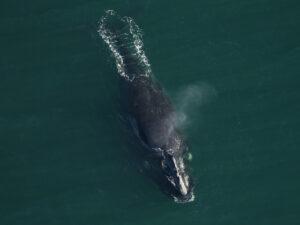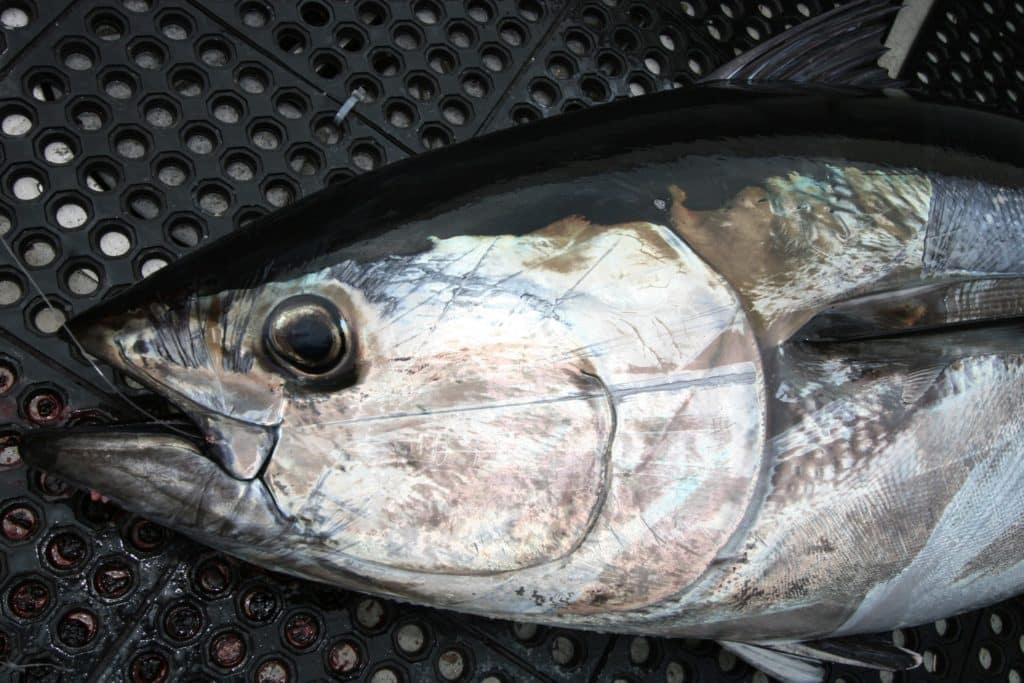
A bombshell in the world of fisheries management fell on March 7. That’s when a report revealed new evidence that Atlantic bluefin tuna spawn off the northeastern United States in an area known as the Slope Sea.
This finding could prove of great significance in how this incredibly valuable species is managed.
Until now, scientists have long believed that Atlantic bluefin spawn in only two areas: the Gulf of Mexico and the Mediterranean Sea. But in the summer of 2013, researchers collected 67 larval bluefin tuna during two cruises, a capture rate comparable to larval-survey cruises in the Gulf of Mexico.
The size of the tiny larvae (less than a week old), and data on currents and drift, “confirmed that these small larvae could not possibly have been transported into this area from the Gulf of Mexico spawning ground,” says the study’s lead author, David Richardson with NOAA.
This finding transcends pure scientific discovery, as the study states, it possibly “leads to lower estimates of the vulnerability of this species to exploitation.” One facet of the study results is the likelihood that Atlantic bluefin mature at an age considerably younger than previously thought.
The study’s authors note that these results have “important implications for the assessment and management of Atlantic bluefin tuna.”
Put more simply, there are already suggestions being heard from various interests that bluefin populations may be more resilient than we had thought, that stocks may be in better shape, and that more generous fishing quotas may be called for.
A March 8 NPR piece points out that “Several tuna researchers we spoke with warned that the results are preliminary, and it’s much too soon to use them to guide how fisheries are managed.”
But there’s little doubt this research will ultimately have implications for how we manage the ocean’s most valuable apex predator. It will be interesting to see how this knowledge and more to come (as a search for more undocumented spawning grounds continues) will shape those implications.

